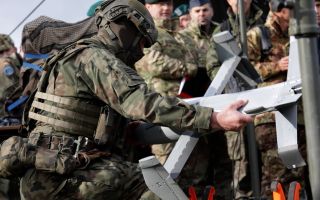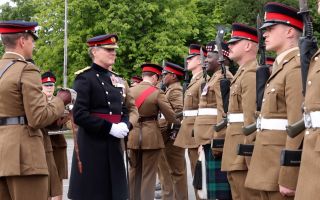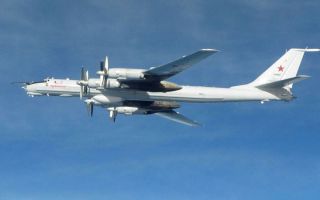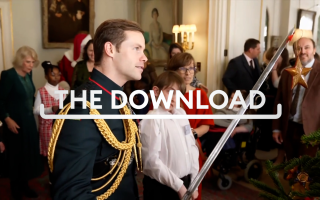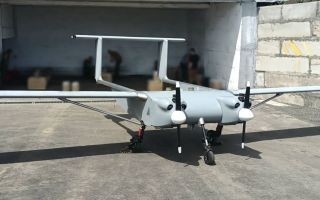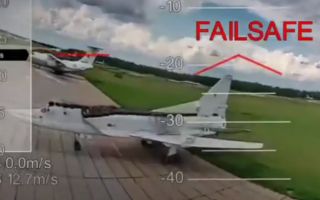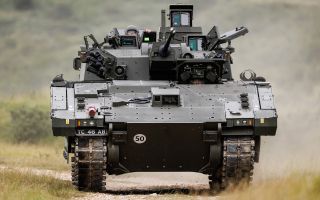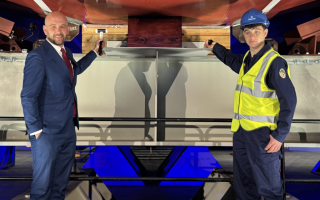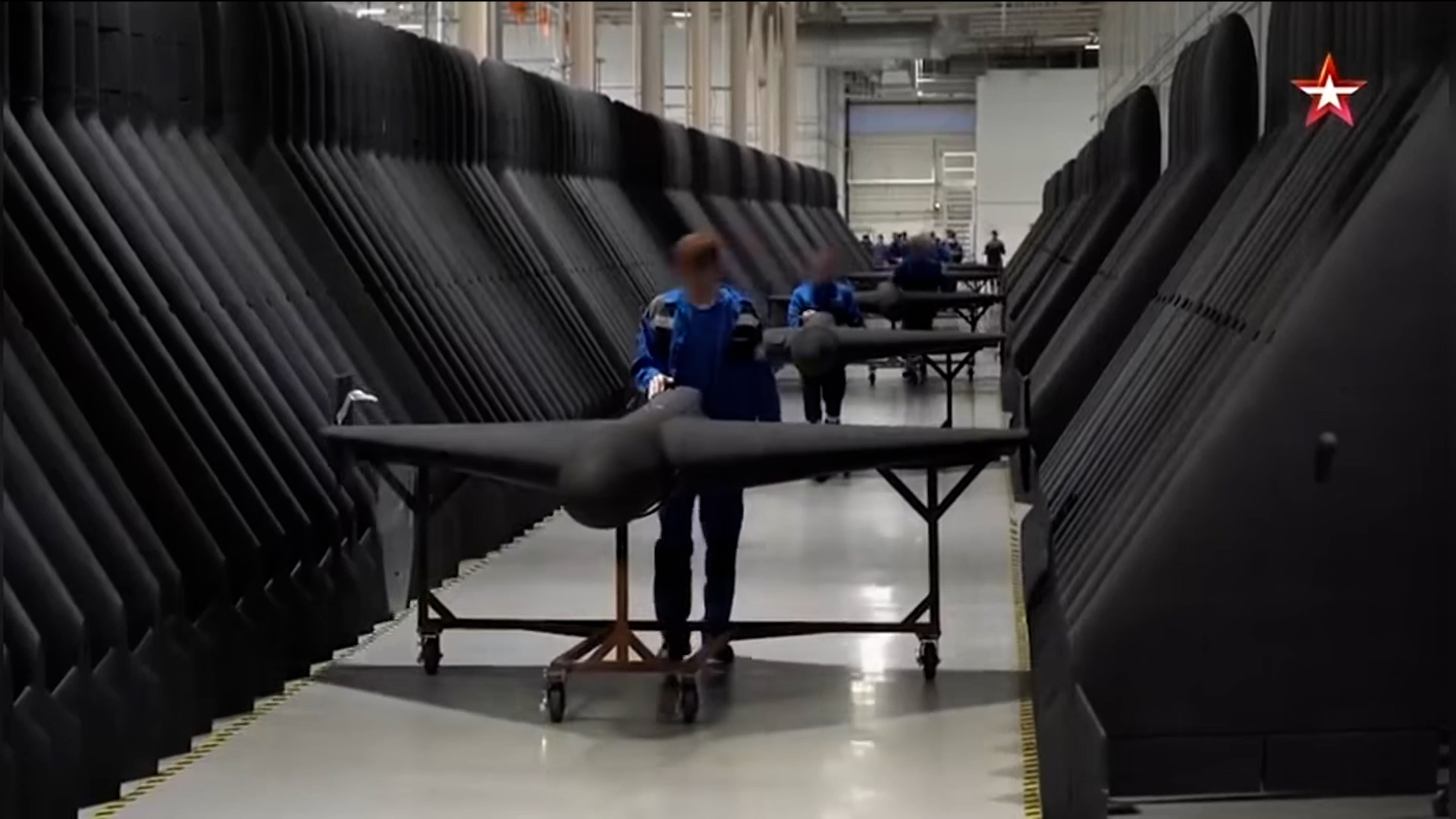
Nato defence ministers' meeting full of grips and grins, but the focus is firmly on Putin

Nato defence ministers' meetings are always an eye-opener.
On the one hand, everything is heavily choreographed – the arrivals, the family photo op and the warm words – and everyone knows that most of the real decisions take place behind closed doors, long before these ministers board the plane or train to Belgium.
These are symbolic gatherings, designed to show unity and the power of the alliance. There are a lot of those handshakes the military call "grip and grins".
On the other hand, it is a chance for us journalists to see the whites of the eyes of some key decision-makers – politicians who oversee vast militaries and whose decisions could send young men and women to war.
These meetings do matter.
The alliance is under enormous pressure right now. At every turn, there seems to be another threat to deal with – pretty much all of them linked in some way to a certain ex-KGB man in the Kremlin.
Chief among the topics here, of course, is Ukraine. New data on Western military aid shows it plunged by 43% in July and August compared to the first half of the year.
Alarmingly, that fall happened even after European allies began buying American weapons for Ukraine under a financial arrangement known as the Prioritised Ukraine Requirements List, or PURL.
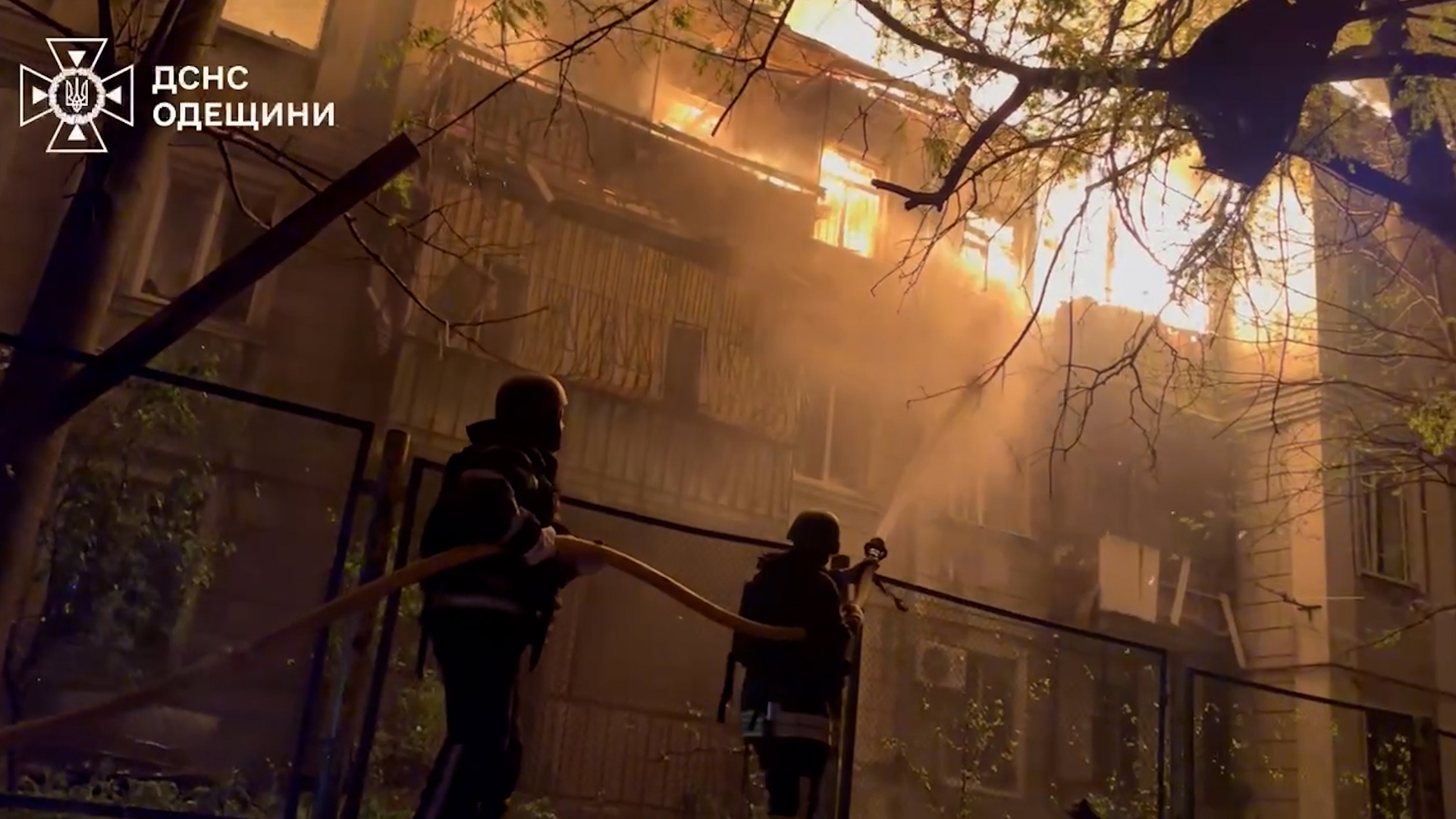
Disparity between nations
It's worth noting that the US still doesn't donate any kit to Ukraine – either through the scheme or bilaterally.
This drop in aid has also highlighted the continuing disparity between nations when it comes to how much they give.
Relative to their size, Denmark, the Netherlands, Norway and Sweden have been buying vast amounts of US weapons to send to Ukraine.
By comparison, Italy and Spain – along with some other members of the 32-nation alliance – are still sending very little.
Behind closed doors, Nato officials are intensely irritated by this, warning that if Russia wins in Ukraine, European nations will find themselves spending a lot more on defence than the alliance's ambitious target of 5% of GDP.
According to Germany's Kiel Institute, the UK has given £12bn in military aid to Ukraine, placing it third behind the US (£55bn) and Germany (£15bn). And as if to highlight that it's pulling its weight, the UK MOD published a press release on the eve of this meeting showcasing how much Britain is giving.
In the past six months, Britain has supplied Ukraine with 85,000 first-person-view drones.
British and Ukrainian engineers are also jointly developing an interceptor drone called the Octopus, designed to take down Russian UAVs before they reach their targets.
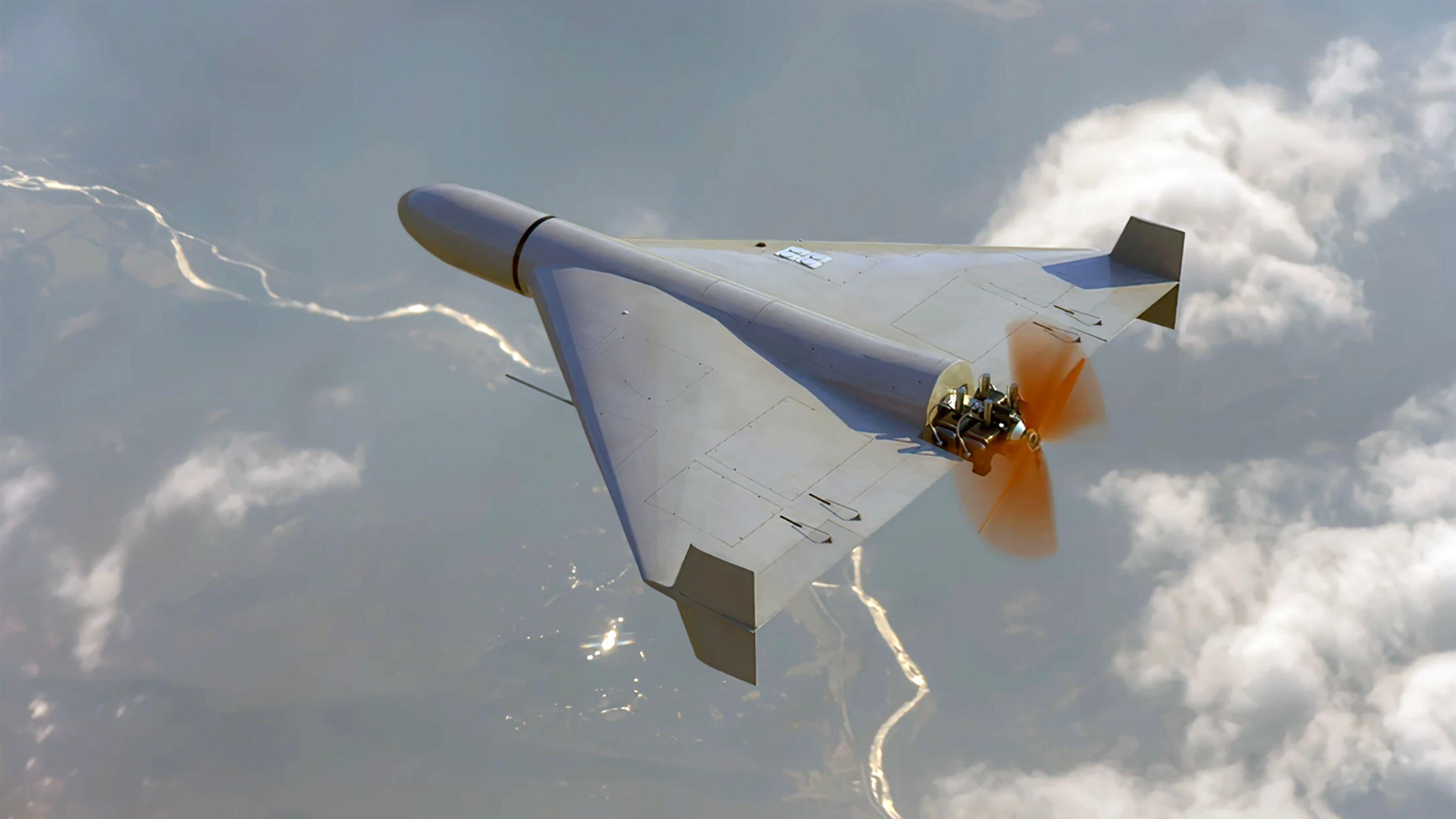
Defending eastern flank from Russian meddling
The UK says it is on track to supply Kyiv with 100,000 drones this year. But even that figure is dwarfed by the sheer number of drones some analysts say Ukraine really needs to decisively beat the Russians – up to 10 million every year.
The other big topic here is how Nato itself can defend its own eastern flank from Russian meddling.
In recent weeks, Moscow has sent jets and drones into the airspace of several northern European nations, including Estonia, Denmark and Poland, a move designed to test how member countries would respond.
Nato quickly established a new air defence operation called Eastern Sentry, with jets from the UK, Denmark, Germany and France now patrolling Poland’s eastern borders.
British Typhoons from RAF Coningsby are taking part, flying gruelling seven-hour missions from their home base in Lincolnshire to the Polish border – a mission the MOD has announced it is now extending until the end of the year.
Arriving at Nato, Defence Secretary John Healey said: "Putin's incursions into Nato territory are reckless, dangerous and totally unacceptable.
"Deliberate or not, Putin is watching what we do. And Putin should be in no doubt: if Nato is threatened, we will act."
Gloves-off approach
So far, these efforts haven't deprived Ukraine of military resources, but it is understood the alliance's top officers want a much more gloves-off approach.
They are pressing some member countries to lift the restrictions they've placed on how certain bits of kit – particularly aircraft and air defence systems – are used, so they can be utilised in other operations elsewhere.
But all of this, of course, is a very expensive way to counter Russian Shahed drones costing less than $20,000.
One interesting development being discussed on the sidelines here is something called the Layered Counter-UAS Initiative, or LCI-X.
Nato is going to market to source the most effective counter-drone technology it can find – things like radars, electro-optical systems and new forms of jamming.
The idea is somewhat similar to the EU's so-called drone wall in that these systems will be installed along the alliance's eastern flank to find and destroy incoming drones – and they intend to begin trialling this by the end of the year.
For Nato, the challenges – military, financial and diplomatic – are immense, and with Donald Trump now turning his "peacemaking" attentions from the Middle East to Ukraine, the coming months are likely to be even more of a rollercoaster ride.

